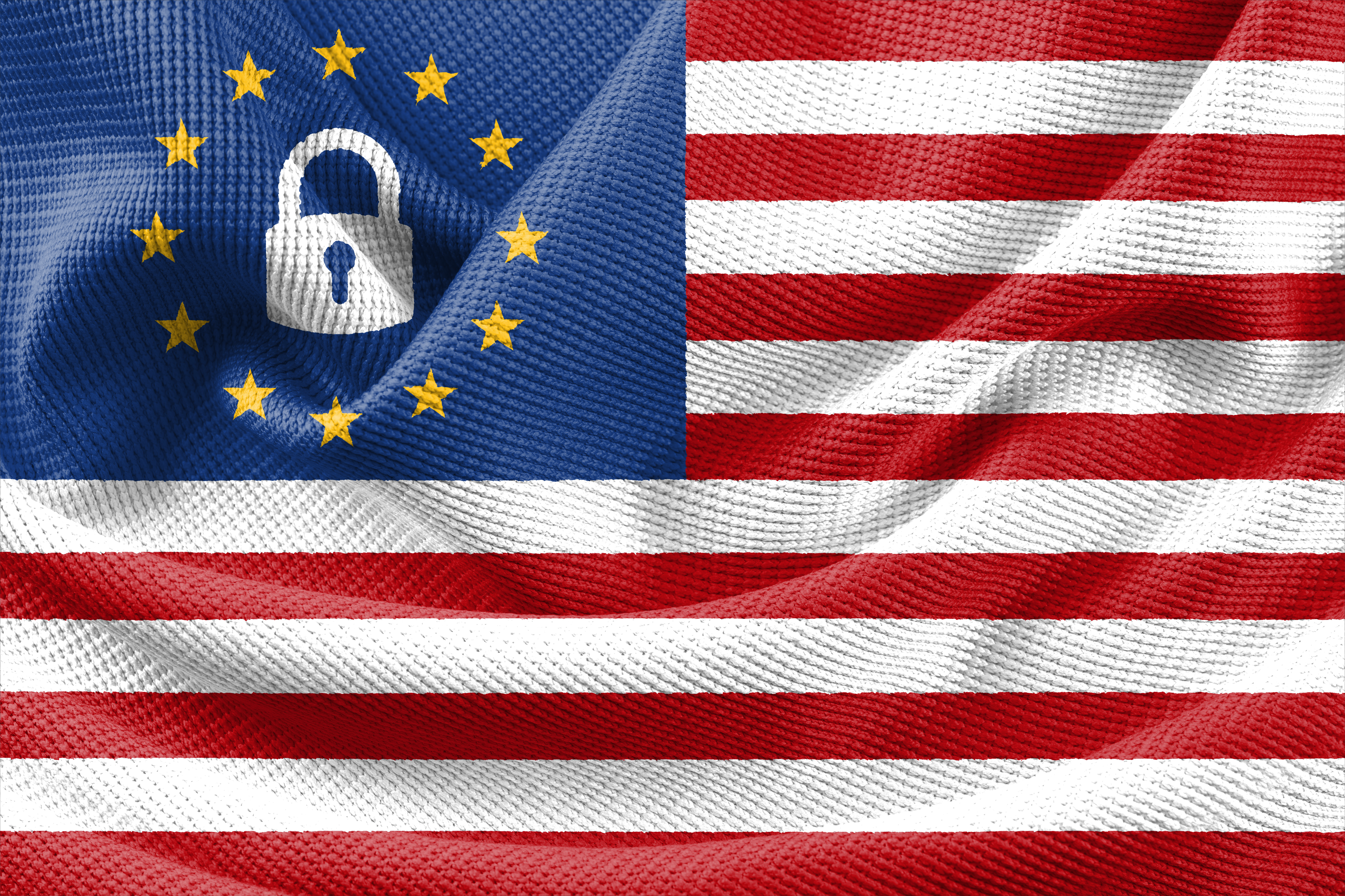New tariffs and geopolitical challenges are forcing companies to confront 2025 head-on. For many, this is a fast-changing operating environment with higher costs. Being able to sort through all the noise to find the facts means the difference between managing to win and reacting to survive.
Visibility beyond dashboards
Today, the details of a supply chain can have greater importance than the trendline. Geopolitics is top of mind for chief legal officers right now for good reason. Supply constraints, government enforcement, negative headlines and margin pressure can cascade quickly. This is the time to dig in and test what we know — or think we know. For example, where are we sourcing, and are those the true origins? How do we know that the values of our purchases are accurate? Do we have reason to believe our suppliers have disreputable practices? How will our suppliers and customers react to volatility? These details can get lost in the speed of business.
Weak customs compliance impacts supply chain performance
Some sectors have experienced a rise in enforcement by U.S. Customs and Border Protection over recent years. Today’s enforcement posture signals a new willingness to pursue maximum penalties while disregarding traditional “mitigating factors” in those cases. This means that, for many companies, regulatory compliance obligations may have been largely overlooked in the past but are now a weakness. Confirmatory reviews of customs compliance can root out vulnerabilities with supply chain and business impacts. Regulatory enforcement can interrupt supply through seizures and detentions, divert resources through audits and investigations, and yield exposure to civil penalties and liquidated damages. All companies reliant on imports have this risk, not only targeted sectors.
Options for near-term and long-term goals
There is no one-size-fits-all supply chain blueprint, but there are tools in the toolbox. True landed cost exposure from tariffs and transit cost, as well as volatility risk to sourcing and sales, can be modeled, as can demand elasticity. Confirming the accuracy of tariff codes and resulting duty burden can recognize cost savings or get in front of exposure. Adjusting supply from certain countries can balance overall costs since alternate supply is often not immediately available. Bonded warehouses and foreign trade zones can relieve cashflow for some so duty payments do not hit at once. Longer term, the emerging risk spectrum for foreign sourcing must be confronted. Some countries will have higher relative supply chain risk than others, but there is no longer an absolutely “safe” geography. This means alternate suppliers in new countries may be a part of the solution, but those haven’t been the safety nets that we saw in the last decade.
Supplier and customer relationships can be nimble
Simply put, business leaders are confronting the daily challenge that many import goods cost far more than before. Reactionary responses are not durable. It is time for relationship messaging, contract structures, sale and purchase terms that are built for volatility. Price and volume forecasts may be inaccurate, and volumes or cost may change quickly. Change itself is not the issue as much as how we handle it. The way parties plan to work through variables can be established to weather the storm — bringing greater certainty to what we can control through expectation setting. As with other recent supply chain challenges, there is always opportunity for clear roadmaps of how parties will work together in maintaining stable commercial relationships.
RELATED: Quick Take: New strategies for tariff and geopolitical risks in 2025
Disclaimer: This article was originally published on Crain’s Chicago website in partnership with Crain’s Content Studio and Benesch.
